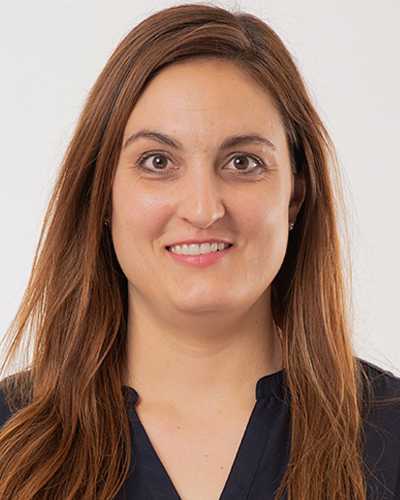Introduction: The poor enrolment and participation of regional residents in clinical trials are well documented and illustrate the inequity in service access. The roll-out of the Australian Teletrial Program in South Australia has enabled clinical trials and services to be provided to historically under-served populations and address the inequity.
Methods: Teletrials are a new model for conducting decentralised clinical trials co-designed with researchers and the community. They use telehealth between the primary site and satellite site(s) to enable the delivery of aspects of a clinical trial while reducing logistical burden for patients. The impact of the program will be illustrated using one example in mental health in correctional settings (n=60) and one in nephrology (n=120).
Results: Teletrials:
• Increase access to clinical trials through active community engagement with consumers, health services and academic researchers;
• Develop collaboration between rural residents, First Nations communities and services, both public and private; and
• Build research clinical trial capacity using workforce-accredited training and generate translatable data via implementation science.
Conclusion: The Teletrial cluster model – using a co-design model with a patient-centred approach – has the potential to improve quality of life, increase scientific knowledge and enhance knowledge transfer and applicability.


